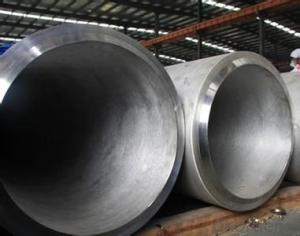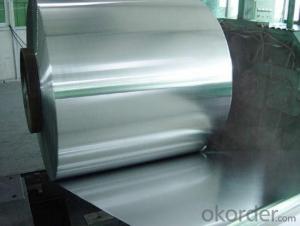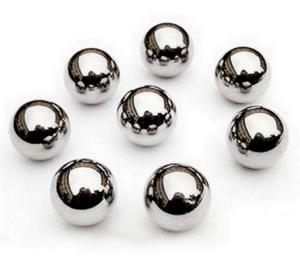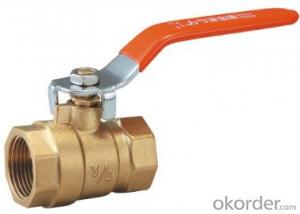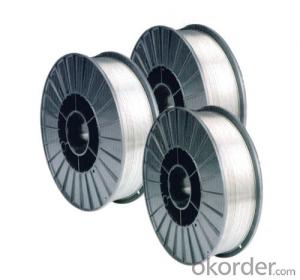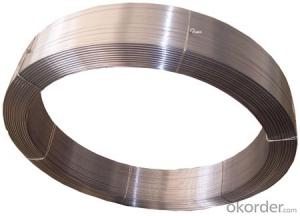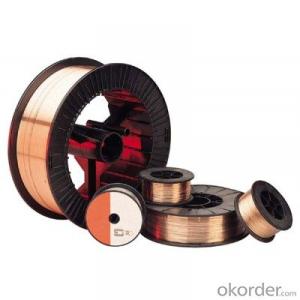420 Stainless Steel
420 Stainless Steel Related Searches
Best Paint For Stainless Steel Blanket Insulation For Steel Buildings Primer For Galvanized Steel Foam Filter For Stainless Steel H S Code For Stainless Steel Surface Grinding Wheels For Stainless Steel Surface Grinding Wheels For Hardened Steel Hole Saw For Stainless Steel Paint For Stainless Steel Stainless Steel For BbqHot Searches
Steel Mesh Panels For Sale Price For Stainless Steel Scrap Scrap Price For Stainless Steel Price For Stainless Steel Stainless Steel Tank For Sale Stainless Steel Sheets For Sale Cheap High Tea Sets For Sale Stainless Steel Tanks For Sale Stainless Steel For Sale High Density Fiberboard For Sale Solar Hot Water Collectors For Sale Scaffolding For Sale In Uae Scaffolding For Sale In Ireland Scaffolding For Sale In Houston Type Of Inverter For Solar Price Of Shipping Containers For Sale Types Of Inverter For Solar Stock Price For Aluminum Used Solar Inverter For Sale Steel Mesh Panels For Sale420 Stainless Steel Supplier & Manufacturer from China
Okorder.com is a professional 420 Stainless Steel supplier & manufacturer, offers integrated one-stop services including real-time quoting and online cargo tracking. We are funded by CNBM Group, a Fortune 500 enterprise and the largest 420 Stainless Steel firm in China.Hot Products
FAQ
- Yes, stainless steel wire mesh can be used for filtration. Stainless steel wire mesh is known for its durability, corrosion resistance, and high strength, making it an excellent choice for various filtration applications. The mesh structure allows for the passage of fluids or gases while retaining solid particles or contaminants. It is commonly used in industries such as food and beverage, pharmaceuticals, oil and gas, water treatment, and many others. Stainless steel wire mesh can be fabricated into different forms, such as screens, discs, cylinders, or cartridges, to suit specific filtration requirements. It offers excellent filtration efficiency, reliability, and longevity, making it a popular choice for filtration purposes.
- Stainless steel wire screens are widely used in mining for various applications such as separating and classifying materials, dewatering, and protecting equipment. These screens are typically used in vibrating screens, trommel screens, and other screening equipment to efficiently separate different sizes of rocks, minerals, and ores. They are also utilized in dewatering screens to remove excess water from the mined materials. Additionally, stainless steel wire screens are employed to protect crushers, mills, and other mining equipment from damage caused by large rocks and debris.
- There are several different types of stainless steel wire that are commonly used in heat exchangers. These include: 1. Austenitic stainless steel wire: This type of stainless steel is the most widely used in heat exchangers due to its excellent corrosion resistance and high temperature resistance. It contains high levels of chromium and nickel, which provide the material with its corrosion resistance properties. 2. Ferritic stainless steel wire: Ferritic stainless steel wire is another common choice for heat exchangers. It has a higher carbon content compared to austenitic stainless steel, which provides it with improved strength and heat resistance. However, it has lower corrosion resistance than austenitic stainless steel. 3. Duplex stainless steel wire: Duplex stainless steel wire is a combination of both austenitic and ferritic stainless steel, offering a balance between the two types. It provides good corrosion resistance and high strength, making it suitable for demanding heat exchanger applications. 4. Martensitic stainless steel wire: Martensitic stainless steel wire is known for its high strength and hardness. It is often used in heat exchangers that require excellent mechanical properties, but it has lower corrosion resistance compared to other stainless steel types. The choice of stainless steel wire for heat exchangers depends on various factors, including the operating environment, temperature, and specific requirements of the application. Each type of stainless steel wire has its own unique properties, allowing heat exchanger manufacturers to select the most appropriate material for their specific needs.
- There are several different types of stainless steel wire that are commonly used in filtration applications. These include: 1. Type 304 stainless steel wire: This is the most common type of stainless steel wire used in filtration applications. It is a versatile and corrosion-resistant wire that offers good strength and durability. It is suitable for a wide range of filtration applications, including water, oil, and air filtration. 2. Type 316 stainless steel wire: This type of stainless steel wire is known for its excellent corrosion resistance, especially in harsh environments. It contains molybdenum, which enhances its resistance to pitting and crevice corrosion. Type 316 stainless steel wire is often used in applications where high levels of corrosion resistance are required, such as in marine and chemical filtration. 3. Type 430 stainless steel wire: This type of stainless steel wire is less commonly used in filtration applications compared to Type 304 and Type 316. It offers good corrosion resistance and is generally more affordable than the other types. Type 430 stainless steel wire is often used in less demanding filtration applications where cost is a significant factor. 4. Type 321 stainless steel wire: This type of stainless steel wire is stabilized with titanium, which provides better resistance to intergranular corrosion. It is commonly used in filtration applications where high temperatures are involved, such as in the filtration of hot gases or liquids. 5. Type 410 stainless steel wire: This type of stainless steel wire is known for its high strength and hardness. It is often used in filtration applications where mechanical strength and wear resistance are important, such as in the filtration of abrasive materials. These are just a few examples of the different types of stainless steel wire used in filtration applications. The choice of wire type depends on the specific filtration requirements, including the level of corrosion resistance, mechanical strength, and temperature resistance needed for the application.
- The cost of stainless steel wire is generally higher compared to other materials due to its durability, corrosion resistance, and versatility. However, the actual cost can vary depending on factors such as the specific grade of stainless steel, the thickness and diameter of the wire, and market conditions.
- There are several different wire coatings available for stainless steel wire, including nylon, PVC, polyethylene, and polypropylene. These coatings provide various benefits such as increased durability, corrosion resistance, and electrical insulation.
- Yes, stainless steel wire can be used for wire rope saddles. Stainless steel is known for its high strength and corrosion resistance, making it an ideal choice for applications where durability and longevity are important. Wire rope saddles are used to secure and support wire ropes, and stainless steel wire can provide the necessary strength and reliability for this purpose. Additionally, stainless steel's resistance to rust and corrosion ensures that the wire rope saddles will remain functional even in harsh environments or exposure to moisture.
- How can make a fine stainless steel wire is not strong magnets attract?
- Make sure it's stainless steel, without any treatment. If you are sucked by the magnet, you are not pure stainless steel, and the current technology has no barrier to magnetism. The magnet can be heated if it is to achieve its purpose. The magnet loses magnetism when heated to a certain extent!

















